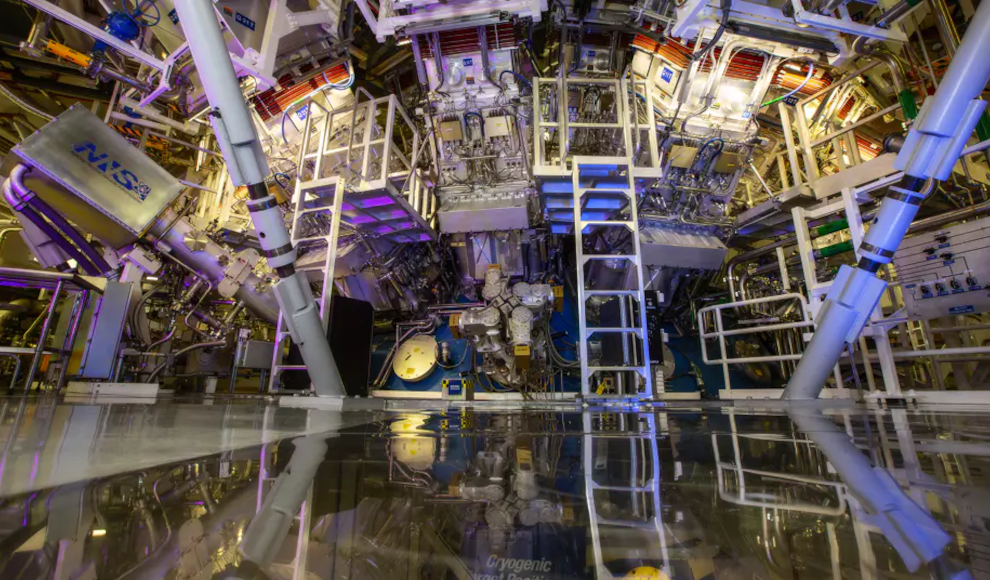A major breakthrough has been achieved in the field of nuclear fusion energy in the United States. Scientists at the National Ignition Facility (NIF) of the Lawrence Livermore National Laboratory (LLNL) have successfully created a burning plasma state in their research on inertial confinement fusion. This is a significant step towards the goal of generating energy through nuclear fusion. In this process, hydrogen isotopes deuterium and tritium are fused into helium at a very high temperature. The hydrogen isotopes are compressed and heated by 192 powerful lasers in a hollow chamber at the NIF, resulting in the fusion of plasma at 50 million degrees Celsius and the release of energy.
According to a publication in the scientific journal Nature, the LLNL team has achieved the energy feedback process, also known as self-heating, during the fusion reaction. This means that the resulting helium nuclei continue to heat the plasma, leading to a burning plasma state once the energy from self-heating exceeds the energy required to initiate the fusion reaction. This breakthrough was made possible by using significantly more laser energy than in previous experiments, optimizing the energy transfer between laser beams, and modifying the geometry of the hollow chamber’s inner walls. In an experiment conducted in August 2021, the reactor measured an energy of 1.3 megajoules, which is 70% of the laser energy used.
Despite this achievement, the fusion process still requires significantly more energy than it generates, and the inertial confinement fusion cannot yet be used for energy production. However, the creation of a burning plasma state is a crucial step towards the goal of generating energy through nuclear fusion. The LLNL team’s success in this research could pave the way for further advancements in the field of nuclear fusion energy.










